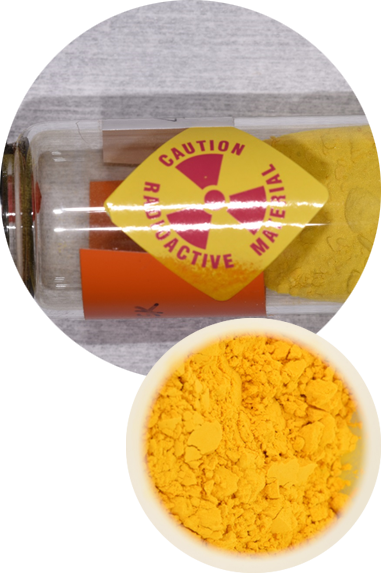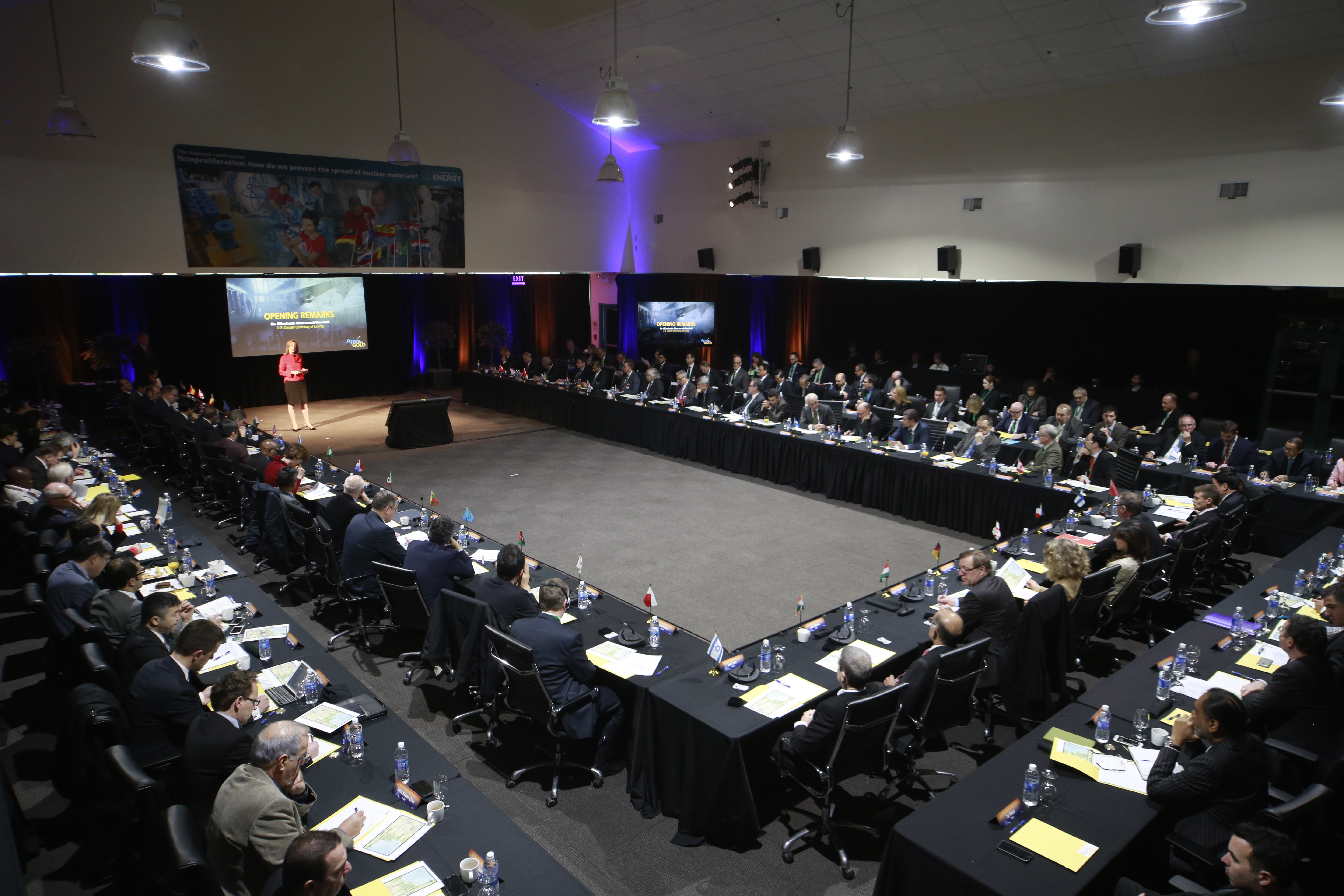Nuclear forensic science
—or nuclear forensics— aims to answer questions about nuclear or other radioactive material found outside of regulatory control by revealing links among:
People
Places
Events
Materials

Nuclear forensic science or nuclear forensics is a discipline of forensic science involving the examination of nuclear and other radioactive material, or of other evidence that is contaminated with radionuclides, in the context of legal proceedings and national security.
Nuclear forensics arose in response to an increasing number of seizures of highly enriched uranium and other nuclear materials in the early 1990s. Nuclear forensics expertise is based on traditional scientific disciplines that include chemistry, physics, nuclear engineering, geology, statistics, and material science.
Initially, the concern was to determine the composition of these materials, the threat they posed, and their likely origin. National laws that addressed illicit trafficking needed to be strengthened.
High profile seizures persisted with the indication of similar materials smuggled in separate incidents at different times. At the same time, nuclear forensic capabilities grew to also encompass examination of traditional forensic evidence to include DNA, fingerprints, hair and fibers that had been contaminated with radionuclides. National laws were enacted that increased the penalties for nuclear smuggling, while nuclear forensics was used to help link materials to people, places and events. Nuclear forensic evidence is increasingly used by judicial systems to convict and sentence traffickers.
Want to find out what’s happening in the world of nuclear forensics? Here’s a selection of upcoming events that cover nuclear forensics:
